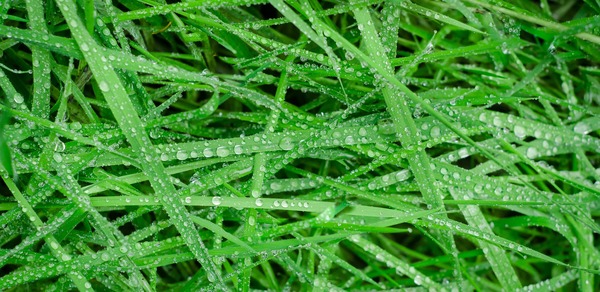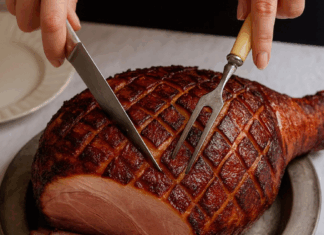Agriculture Victoria Dairy Services Officer Greg O’Brien looks at how to benefit most from the spring rains.
Victorian seasonal conditions coming into spring are generally pretty good, the main exception is a significant portion of Gippsland which has been much drier than normal and a few small pockets elsewhere.
The three-month climate outlook favours average spring rainfall.
If this eventuates, home grown feed production could be good to exceptional on many farms.
On the other hand, where soil moisture reserves were low coming out of winter, significant periods without good rainfall may significantly reduce spring growth.
Good cereal grain and hay yields are possible across Victoria which could keep grain and hay prices down.
Grain growers are generally happy with soil moisture but a little worried about frost damage in spring which would decrease grain yields.
As always, spring rainfall will have a big impact on yield.
Factors favouring good spring production include: good soil moisture across many regions; irrigation water storage being good (except Glenmaggie but this is looking much better than a couple of weeks ago), and good odds for average rainfall over the next three months.
Factors influencing a poor spring are the low soil moisture content and low stream flows in significant parts of Gippsland.
Cost effective home grown fodder?
One of the keys to managing seasonal variability is making the most of a good year to balance out the poor ones.
From a feed input point of view, this spring could end up being a good one in many districts.
About half the annual pasture growth happens in spring on dryland farms, so it is an important three months.
As usual, the focus is on making plenty of high quality silage and hay.
Where winter soil moisture is less than normal, farmers are focusing on early silage to help offset the risk of an early finish to spring.
With reports of well above average late-winter growth in many parts of the state, an early silage cut is a real possibility this spring.
Maybe this is the year where some farms may be able to have an early cut and a later cut of silage plus some hay.
If you are likely to be in this position, it would be worth talking to your contractor about the possible change to your normal need for their service as soon as this becomes apparent.
The low nitrogen price is favouring the use of urea to boost spring production especially in areas where soil moisture is average or above (and hence surplus pasture for silage and hay).
It is important to do the sums to be confident that this is the lowest cost feed option to do the job.
For example, at $500 per tonne for urea, nitrogen fertiliser costs $1.18 per kilogram of nitrogen.
A 15 kilogram dry matter response per kilogram of nitrogen means the cost of the extra feed is around 7.3 cents per kilogram dry matter or $73 per tonne.
Add to this the conservation costs, say $130 per tonne for a contractor to make silage, and the cost is about $200 per tonne.
There are losses in storage and feed out, which will add at least 15 per cent, making the cost $230 per tonne consumed.
The estimated cost can be compared with other options for filling the feed gap.






